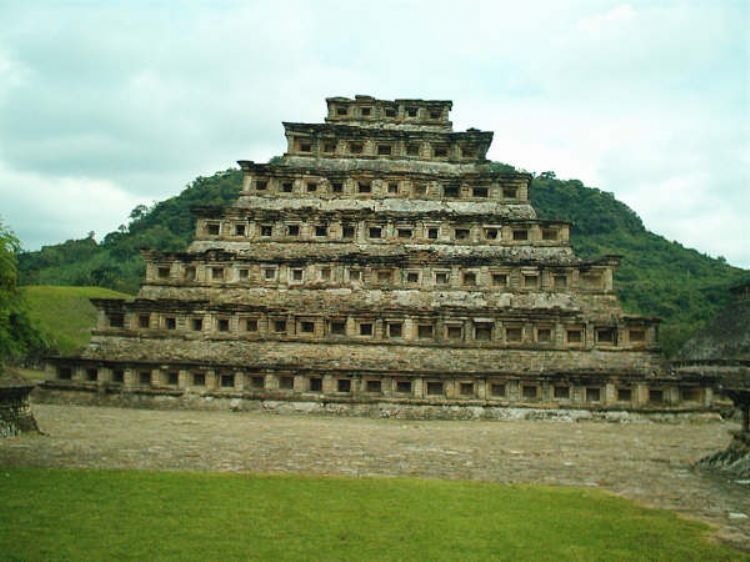Universidad de Guanajuato
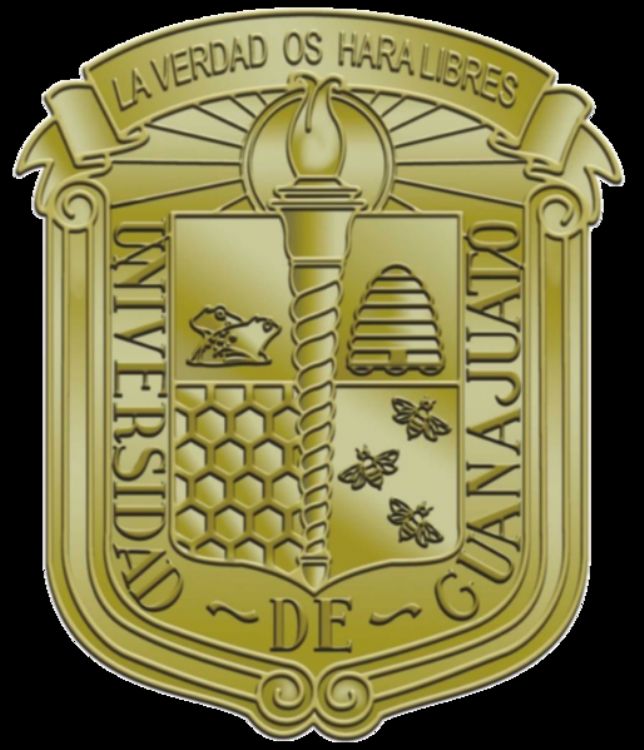
The University of Guanajuato began its education project in the 18th century as Colegio de la Santisima Trinidad founded in 1732 in the house of doña Josefa Teresa de Busto y Moya and the former Otomi Chapel.
Upon a petition from the City of Guanajuato, King Felipe V emitted a clause making the religious men working for the Society of Jesus responsible for the school in 1744, for which the first classes were assigned to Jesuit priests with the financial support of the cityâs miners.
The symbol of the University of Guanajuato is known as âColmena Legendariaâ stemming from the legend that when doña Josefa first imagined founding Colegio de la Santisima Trinidad, a beehive appeared in her bedroom.
In 1767, Felipen priests became in charge of the School after its doors had remained closed for eighteen years, following the expulsion of Jesuits from New Spain and reopening under the name of Real Colegio de la Purísimia Concepción.
The School strengthened through the efforts of its administrator, Juan Antonio de Riaño y Bárcenas, who shaped the first classes and professors of Math, Physics, Chemistry and French, but was unfortunately killed on September 28, 1810 at Alhóndiga de Granaditas, during Mexicoâs War of Independence.
During Mexicoâs War of Independence, the brilliant and brave presbyter don Marcelino Mangas, rector and professor of the School, opposed the intentions of Agustin de Iturbide of turning this great institutionâs facilities into the Mint Office. Carlo Montes de Oca, first constitutional governor of the State of Guanajuato, emitted a decree in 1872 establishing that the State would be responsible for financing upper education and assigned part of the Stateâs budget into expanding the School, building a public library and developing a chemistry lab and a mineralogy collection, for which he requested Baron Alexander von Humboldt a great contribution in the form of fossils and books, now part of the Universityâs heritage.
In 1870 the School changed its name to Colegio del Estado; the French physician and naturalist Alfredo Duges founded the Natural History cabinet and the Botanical Garden; scientist Severo Navia formed and classified an important collection of minerals; and the also scientist Vicente Fernandez installed the Stateâs first meteorological observatory. Their priceless collections are now hosted within the Universityâs Natural History Museum and Mineralogy Museum.
The School changed its name once again to become recognized as Universidad de Guanajuato in 1945 with the mission of achieving a greater social and human action and begin its editorial operations by installing the university press that is still working today, turning this great house of studies into a leader of the new cultural a artistic tradition now renowned nationwide.
The Universityâs Symphonic Orchestra and School of Dramatic Arts were created in 1950 and by their staging of Entremeses Cervantinos, planted the seed for the annual Cervantino International Festival of current worldwide fame.
The University of Guanajuatoâs mission is expressed as âBuilding, preserving and sharing knowledge for contributing to the integral formation of human beings through the preservation of the surroundings and the construction of a democratic, fair and free societyâ.
This institution is recognized for its ideal of truth as a fundamental value practiced through freedom of thought, research, and opinion for guaranteeing justice and equity in its mission. This maxim has turned it into an example of respect, honesty, creativity and congruency in the preservation of humankindâs overall knowledge.
The University of Guanajuato currently runs university campus in Celaya, Guanajuato, Irapuato-Salamanca and León; as well as high schools at Celaya, Guanajuato, Irapuato, León, Pénjamo, Salamanca, Salvatierra, San Luis de la Paz and Silao.
They university community is on a continuous process of modernizing and expanding in search of improving its education quality, promote equal Access to education and increase its presence in the State of Guanajuato. University of Guanajuato currently offers 55 graduate programs, including 11 doctorates, 29 masterâs degrees and 15 specialties. It ranks fifth place among Mexicoâs state universities and for the number of graduate programs it offers; ranked in fourth place for its academic competitiveness index.

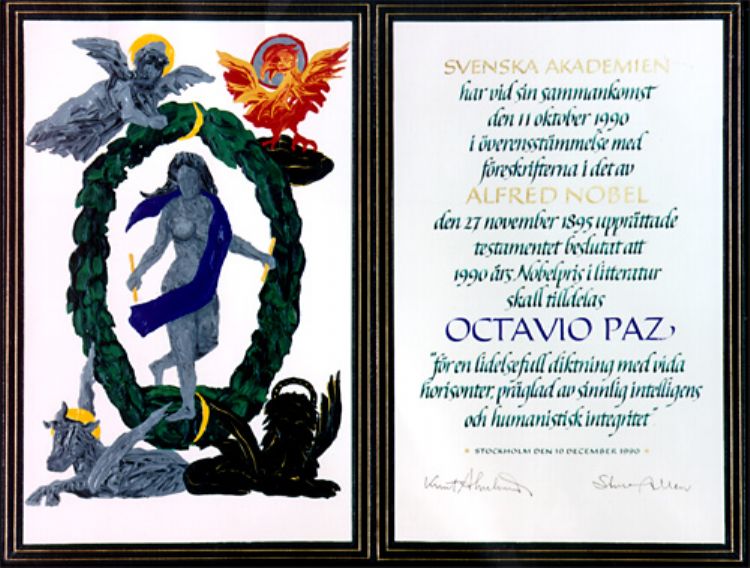
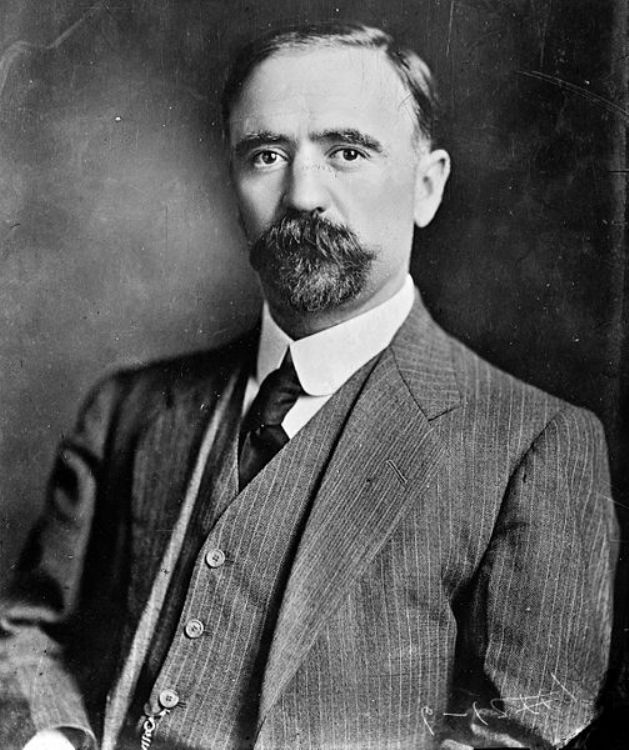
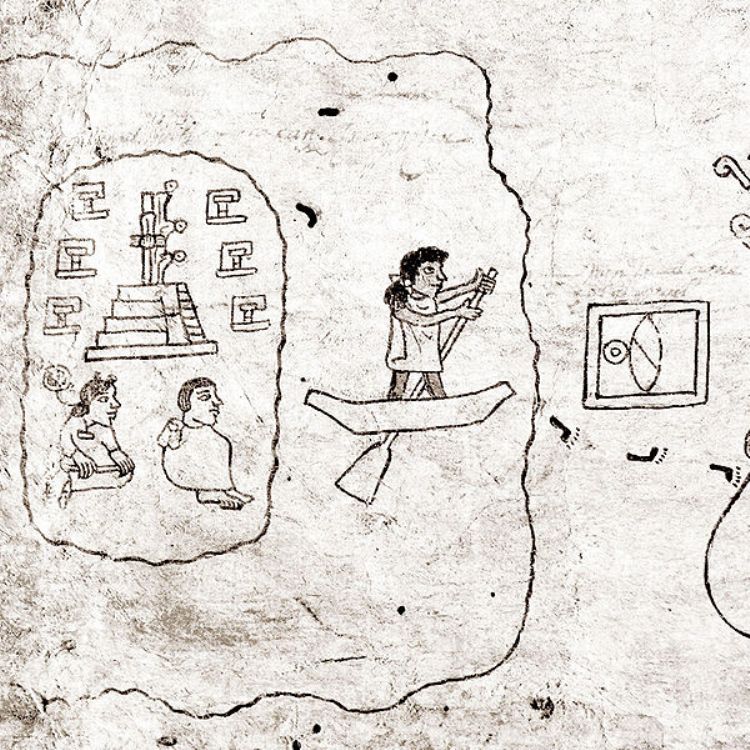

.jpg)
